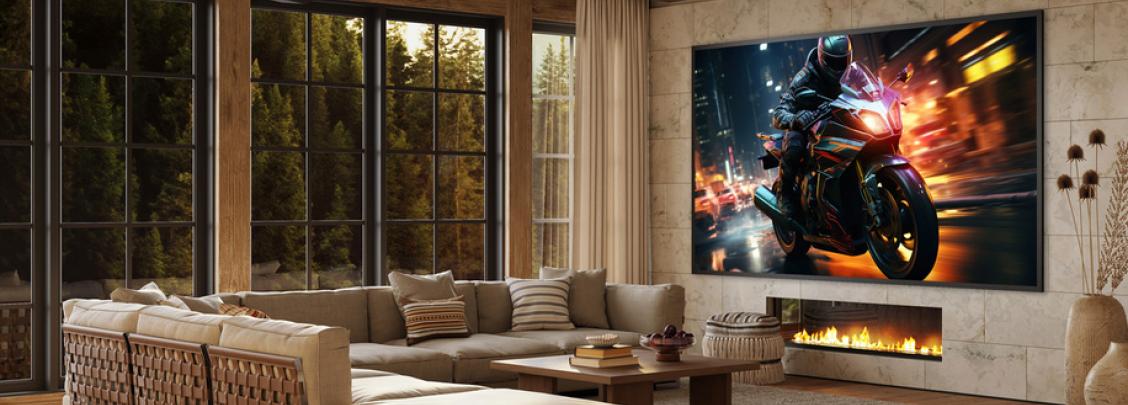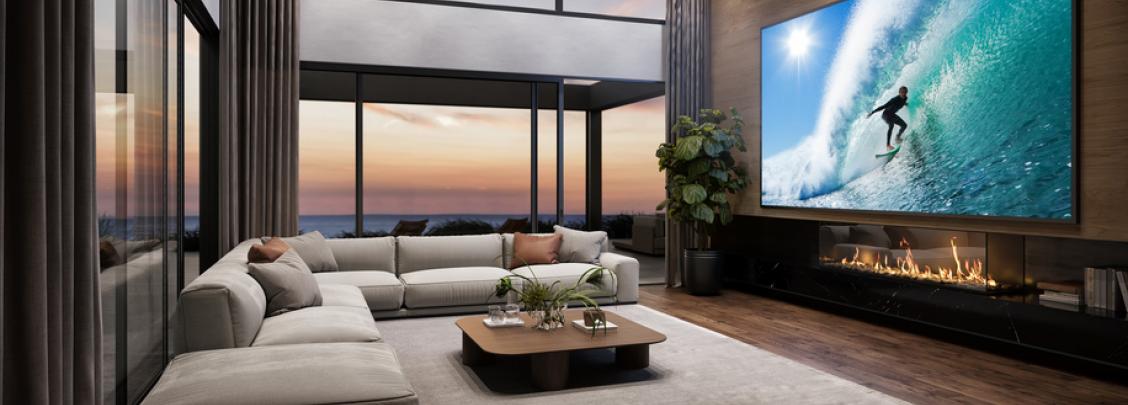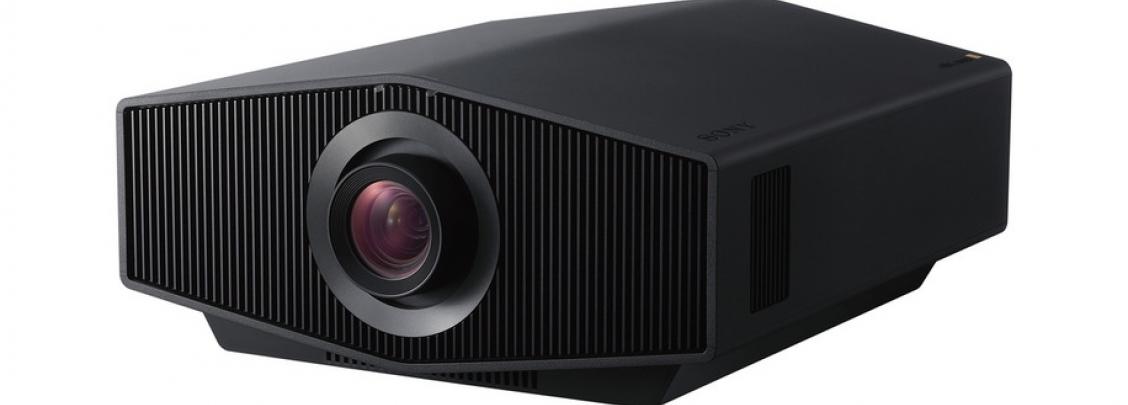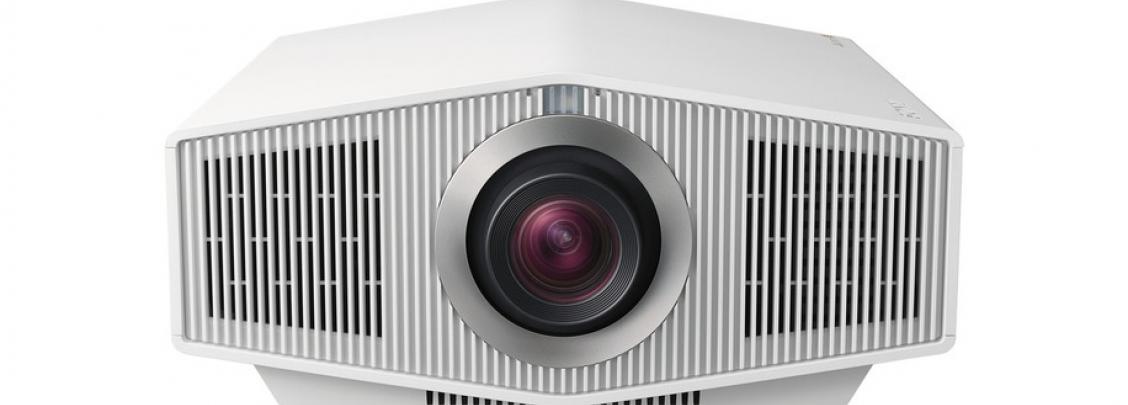Expert Sony Assessment
Sony recently launched the new 4K HDR laser BRAVIA Projectors with XR Processor, the BRAVIA Projector 9 (VPL-XW8100ES) and BRAVIA Projector 8 (VPL-XW6100ES), promising significant upgrades in performance and installation ability. The new projectors start shipping in November and will on demonstration at Pulse Cinemas Stansted HQ and at Invision’s Bracknell Innovation Centre.
Experienced home cinema installer and calibrator Ricky Jennings, Director and Owner of Kalibrate Limited, casts his expert eye over the new launches and finds much to be positive about.
We were privileged to be invited by Sony and Invision/Pulse to have a look at the forthcoming Sony projectors. The two new units, BRAVIA Projector 8 (XW6100) and BRAVIA Projector 9 (XW8100), will replace the XW7000 and sit alongside the XW5000. The XW6100 (RRP £15,999) will deliver 2,700 lumens, while the XW8100 (RRP £25,999) has 3,400 lumens. They share the same lens and chassis, with the main difference being the 700 extra lumens on the XW8100 and the presence of Live Colour Enhancer. Early impressions reminded me of Brilliant Colour on DLP, but further testing is required.
Going back ten years, we sold and installed a lot of Sony projectors, but (it is no secret) that over recent years we have been critical of some of Sony's models, as they missed some very basic features. However, with these models, the manufacturer has addressed much of that criticism. During the launch event at Sony HQ in Weybridge, I spent some time with the XW8100 (I did not have time to spend much time with the XW6100) but saw enough to warrant the addition of one to our demo portfolio once released.
Initial Impressions
There are now five lens memories rather than three, allowing us to add options like IMAX. Along with this, the blanking options offer more flexibility to accommodate a 2.40:1 screen. There is no 3D support on either of the new units.
The new units have an HDMI 2.1 chip with four 12 Gbps pipelines, allowing for 4K120 and ALLM (Auto Low Latency Mode). This was tested and verified, making it a perfect companion for a PS5. This combination has been further enhanced with the Low Input Lag (which has been reduced further this year). I was unable to test this on the day, but will do so once we have our demo unit. However, based on Sony’s history with Low Input Lag, I don't expect there to be any issues.
SDR (Standard Dynamic Range – Blu-ray/Sky) has not been an issue for Sony for some time. We calibrated and tested the XW8100 unit using our reference Spectro and Colorimeter and achieved very good results.
In the past, in our opinion, Sony has been too faithful to the EOTF (Electro-Optical Transfer Function), meaning HDR has often appeared darker than it should, even though Sony projectors have a good amount of light output. Sony has added Dynamic Tone Mapping to the new units, and I am pleased to confirm that my testing showed this gives much more brightness to the overall image. There are three modes of Dynamic Tone Mapping, each releasing a bit of extra brightness. More testing will follow once we have our demo unit. These modes did not appear to be available in Reference or User mode, but the Tone Mapping also worked on HLG (Hybrid Log-Gamma), as tested and verified. It appeared that the Dynamic Tone Mapping remained activated during the low-lag option. The only obvious options that disappeared were NR and Motionflow, but further testing is needed to determine if that increases the lag.
One other note is that even in HDR modes, the Gamma Correction function remains available in the options. In prior generations, it would disappear; this new functionality should allow for better accuracy and control during HDR calibration.
Native contrast for our XW8100 unit measured at around 15,000:1 and using Cinema Mode gave around 3,000 lumens after a quick calibration of the white point/greyscale. Colour Gamut reached around 91% of DCI-P3. Please note these were only quick measurements, completed on one unit and in one position, without time to check all the colour spaces, so there may be some scope for improvement. Measurements on the ANSI will be completed once we have our demo unit.
In conclusion, with the limited time we spent with these projectors, we are pleased to see Sony has listened to technical feedback. We can clearly see this reflected in the image quality, which we believe any viewer can appreciate. We look forward to receiving our demo unit in due course.





